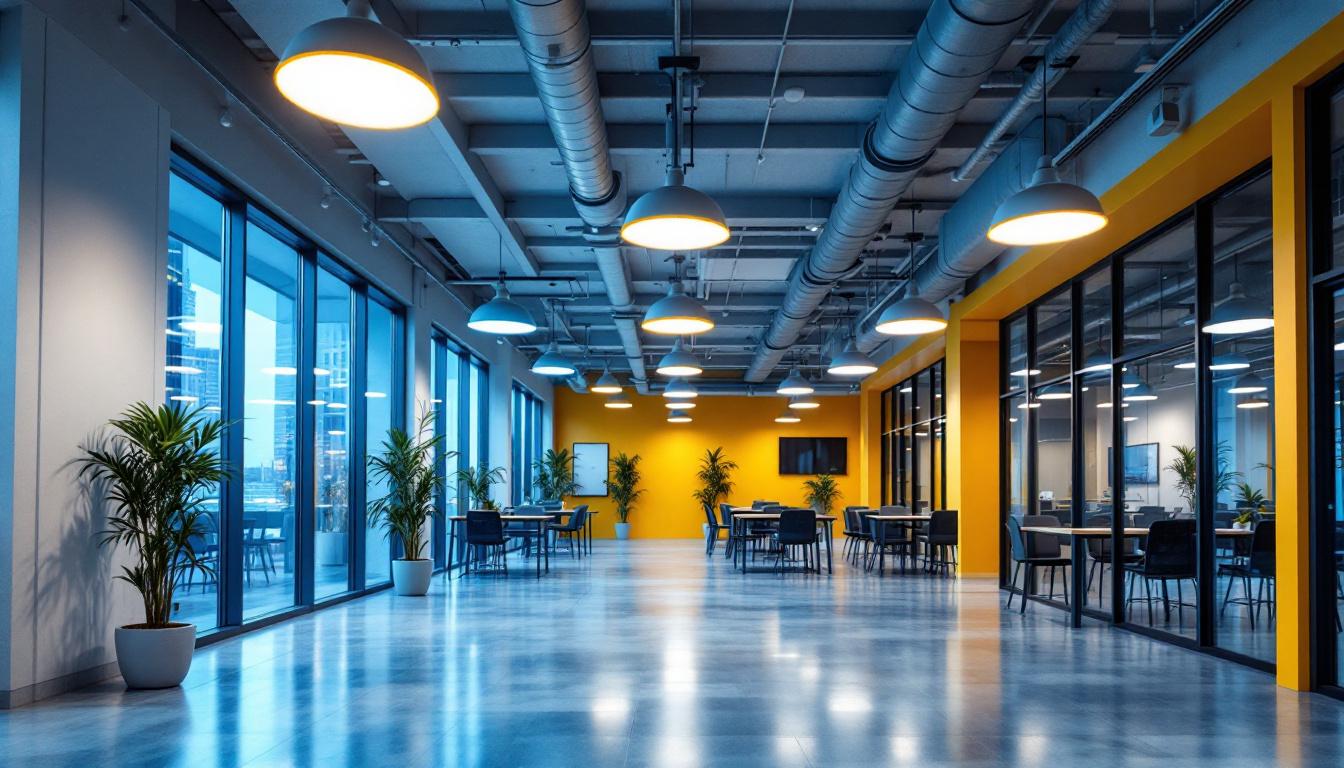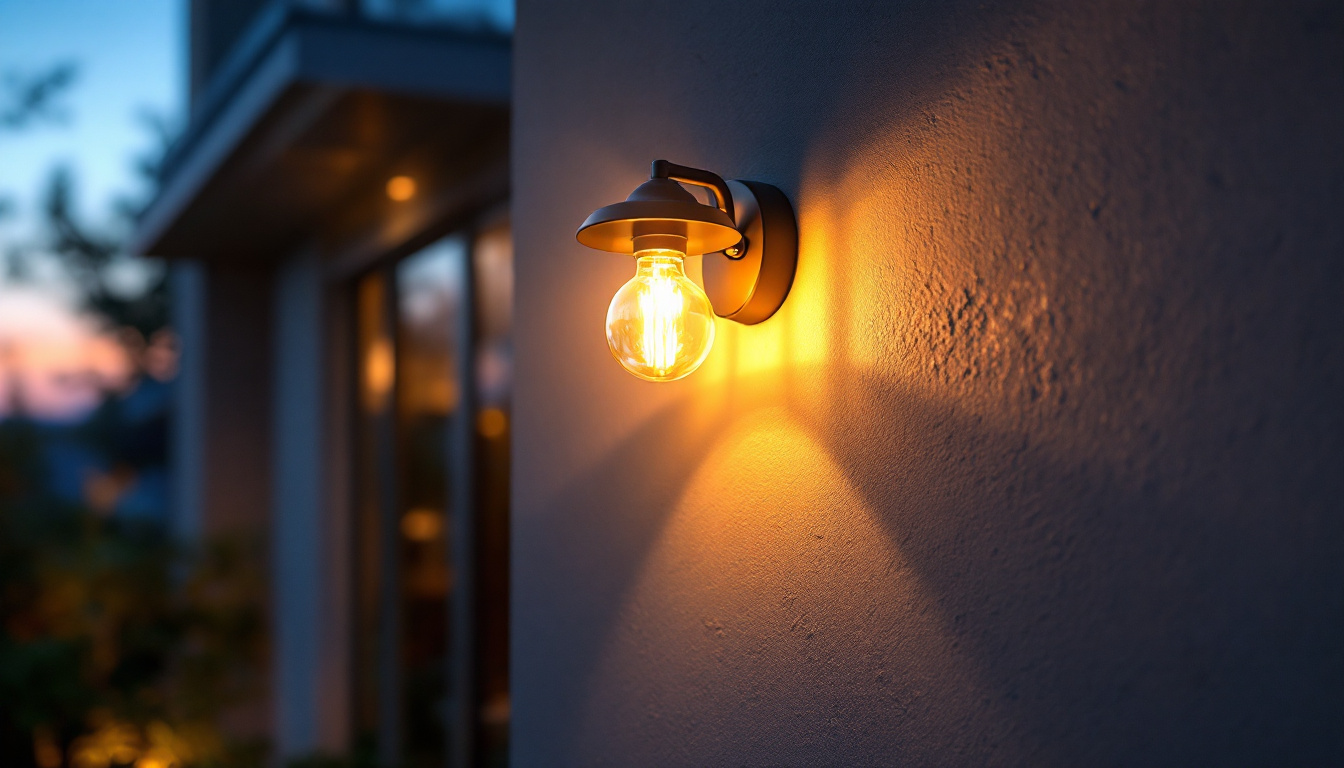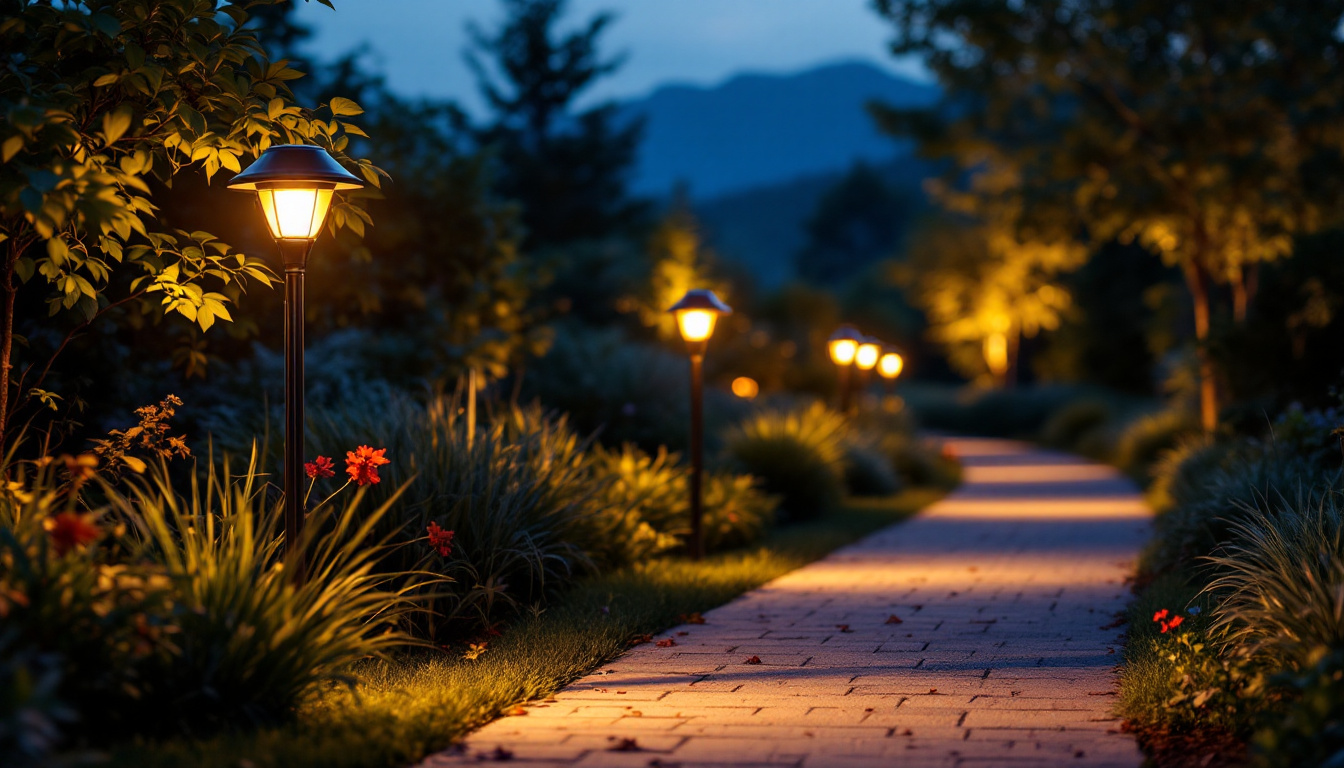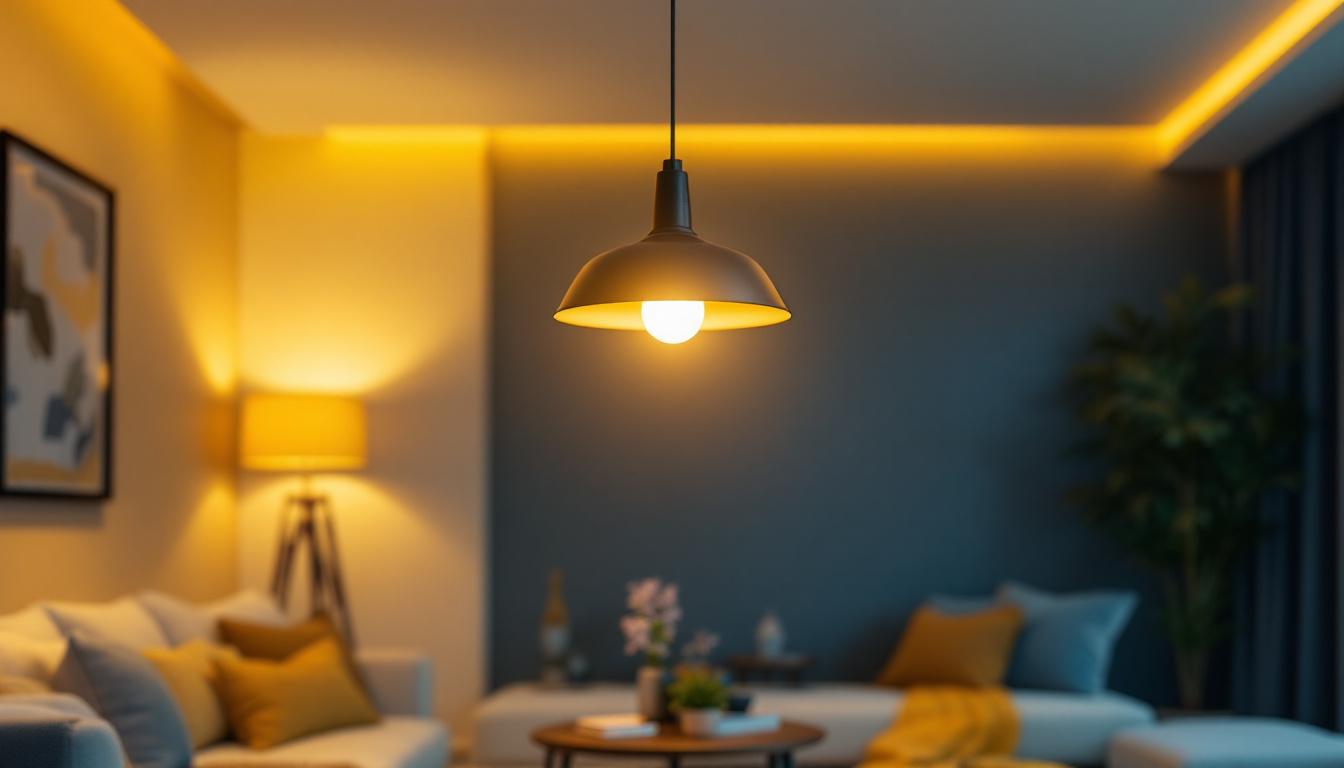Troffer lighting has become a staple in commercial and industrial spaces, offering an efficient and effective way to illuminate large areas. As lighting contractors navigate the complexities of troffer lighting installations, several common questions arise. This article aims to address these queries, providing clarity and insight into the world of troffer lighting.
Understanding Troffer Lighting
Troffer lights are recessed lighting fixtures typically installed in modular ceilings. They are designed to fit into standard ceiling grids and provide uniform illumination across a space. Their versatility makes them suitable for various applications, from offices to retail environments. Troffer lights not only enhance the aesthetic appeal of a room but also contribute significantly to creating a productive atmosphere. By offering a clean and modern look, they can seamlessly blend into any ceiling design, making them a favored choice among architects and interior designers.
What Are the Different Types of Troffer Lights?
Troffer lights come in several types, each designed to meet specific lighting needs. The most common types include:
- LED Troffers: Known for their energy efficiency and long lifespan, LED troffers are increasingly popular. They provide bright, even lighting and can be dimmed for added flexibility. Furthermore, many LED troffers are available in various color temperatures, allowing users to select the perfect ambiance for their space, whether it be a warm glow for a cozy environment or a cooler light for a more clinical setting.
- Fluorescent Troffers: Traditionally used in commercial settings, fluorescent troffers are less energy-efficient than LED options but are still widely used due to their initial lower cost. They typically require a ballast to operate, which can add to maintenance needs over time, but their ability to produce a broad spectrum of light makes them a reliable choice for many applications.
- Smart Troffers: These advanced fixtures incorporate smart technology, allowing for remote control and integration with building management systems. They can adjust brightness based on occupancy or natural light levels. This capability not only enhances energy efficiency but also contributes to the overall comfort of the occupants by ensuring that lighting levels are always optimal.
What Are the Benefits of Using Troffer Lighting?
Troffer lighting offers numerous advantages that make it an attractive option for contractors and clients alike. Some key benefits include:
- Energy Efficiency: LED troffers, in particular, consume significantly less energy compared to traditional lighting options, leading to lower utility bills. This energy-saving feature is not only beneficial for the environment but also aligns with many businesses’ sustainability goals.
- Longevity: LED fixtures can last up to 50,000 hours, reducing the need for frequent replacements and maintenance. This longevity translates into cost savings over time, as businesses can allocate their resources to other essential areas rather than lighting upkeep.
- Uniform Light Distribution: Troffer lights provide consistent illumination, minimizing shadows and dark spots, which is essential for productivity in workspaces. This uniformity is particularly important in environments where precision is key, such as in design studios or laboratories.
Moreover, troffer lighting can significantly enhance the overall mood and functionality of a space. The ability to customize lighting settings, especially with smart troffers, allows for the creation of different atmospheres throughout the day. For instance, brighter settings can be used during peak working hours to boost alertness and focus, while softer lighting can create a more relaxed environment for meetings or after-hours activities. This adaptability makes troffer lights not just a practical choice but also a strategic one for enhancing workplace dynamics.
Installation Considerations
When it comes to installing troffer lighting, several factors must be taken into account to ensure optimal performance and compliance with regulations.
What Are the Key Factors to Consider During Installation?
Proper installation is critical for the performance of troffer lighting. Here are some essential factors to consider:
- Ceiling Height: The height of the ceiling can impact the choice of fixture and its placement. Higher ceilings may require fixtures with higher lumen outputs to ensure adequate illumination.
- Layout and Spacing: The layout of the space should dictate the placement of troffer lights. It’s important to calculate the spacing between fixtures to achieve uniform light distribution.
- Wiring and Electrical Load: Contractors must ensure that the existing wiring can support the new fixtures, particularly when upgrading to LED options that may require different ballast configurations.
What Are the Common Challenges Faced During Installation?
Lighting contractors may encounter various challenges during the installation of troffer lights:
- Access to Ceiling Spaces: In many commercial settings, accessing ceiling spaces can be difficult due to ductwork, plumbing, or other obstructions.
- Compatibility with Existing Systems: Integrating new troffer lighting with existing electrical systems may require additional modifications, which can complicate the installation process.
- Compliance with Building Codes: Ensuring that installations meet local building codes and safety regulations is crucial. Contractors must stay informed about these requirements.
Maintenance and Upkeep
Once troffer lights are installed, ongoing maintenance is essential to ensure their longevity and efficiency. Understanding the maintenance requirements can help contractors provide better service to their clients.
What Maintenance is Required for Troffer Lighting?
Regular maintenance can extend the life of troffer lights and maintain their performance. Key maintenance tasks include:
- Cleaning Fixtures: Dust and dirt can accumulate on fixtures, reducing light output. Regular cleaning is necessary to ensure optimal performance.
- Inspecting Electrical Components: Periodic checks of wiring and connections can help identify potential issues before they lead to failures.
- Replacing Bulbs and Ballasts: While LED fixtures have a long lifespan, it’s still important to monitor their performance and replace components as needed.
How Can Contractors Educate Clients About Maintenance?
Educating clients about the importance of maintenance can foster long-term relationships and ensure satisfaction. Contractors can:
- Provide maintenance schedules and checklists, outlining tasks and timelines.
- Offer training sessions on how to clean and care for fixtures properly.
- Encourage clients to report any issues promptly to address them before they escalate.
Energy Efficiency and Sustainability
With a growing emphasis on energy efficiency and sustainability, troffer lighting plays a significant role in reducing energy consumption in commercial spaces.
How Do Troffer Lights Contribute to Energy Efficiency?
Troffer lights, particularly LED options, contribute to energy efficiency in several ways:
- Lower Energy Consumption: LED troffers use significantly less energy than traditional fluorescent fixtures, which can lead to substantial savings on energy bills.
- Longer Lifespan: The longevity of LED fixtures reduces the frequency of replacements, minimizing waste and the environmental impact associated with manufacturing and disposing of lighting products.
- Smart Controls: Many modern troffer lights come equipped with smart technology that allows for automated dimming and scheduling, further reducing energy use.
What Certifications Should Contractors Look For?
When selecting troffer lights, it’s essential to consider certifications that indicate energy efficiency and sustainability:
- Energy Star: Products with the Energy Star label meet strict energy efficiency guidelines set by the U.S. Environmental Protection Agency.
- DesignLights Consortium (DLC): This certification ensures that lighting products meet high-performance standards for energy efficiency and quality.
- RoHS Compliance: Ensuring that products are free from hazardous substances is crucial for sustainability and safety.
Cost Considerations
The cost of troffer lighting can vary significantly based on several factors, including the type of fixture, installation complexity, and additional features. Understanding these costs is vital for contractors when budgeting projects.
What Factors Influence the Cost of Troffer Lighting?
Several factors can affect the overall cost of troffer lighting installations:
- Type of Fixture: LED troffers typically have a higher upfront cost compared to fluorescent options but offer long-term savings through energy efficiency.
- Installation Complexity: The complexity of the installation, including the need for additional wiring or structural modifications, can increase labor costs.
- Additional Features: Smart technology and advanced controls can add to the initial cost but may provide savings over time through energy efficiency.
How Can Contractors Provide Accurate Estimates?
Providing clients with accurate estimates is crucial for maintaining trust and ensuring project success. Contractors can:
- Conduct thorough site assessments to understand the specific needs and challenges of the project.
- Itemize costs for fixtures, labor, and any additional materials to give clients a clear breakdown.
- Discuss potential energy savings and return on investment to help clients understand the long-term benefits of their choices.
Future Trends in Troffer Lighting
The lighting industry is continually evolving, and staying informed about future trends can help contractors remain competitive and provide the best solutions for their clients.
What Innovations Are Emerging in Troffer Lighting?
Several trends and innovations are shaping the future of troffer lighting:
- Human-Centric Lighting: This approach focuses on adjusting light color and intensity to support human health and well-being, particularly in office environments.
- Integration with IoT: The Internet of Things (IoT) is enabling smarter lighting systems that can communicate with other devices, enhancing control and efficiency.
- Modular Designs: Modular troffer designs allow for greater flexibility in installation and customization, catering to the unique needs of different spaces.
How Can Contractors Stay Informed About Industry Trends?
Keeping up with industry trends is essential for contractors to remain competitive:
- Attend industry conferences and trade shows to network and learn about the latest products and technologies.
- Subscribe to industry publications and online resources for updates on innovations and best practices.
- Participate in training programs and workshops to enhance skills and knowledge about new lighting solutions.
Conclusion
Troffer lighting presents a multitude of opportunities and challenges for lighting contractors. By understanding the various aspects of troffer lighting—from installation and maintenance to energy efficiency and future trends—contractors can better serve their clients and navigate the evolving landscape of commercial lighting. Addressing common questions and concerns not only enhances client relationships but also positions contractors as knowledgeable experts in the field.
As the industry continues to innovate, staying informed and adaptable will be key to success in the world of troffer lighting.
Illuminate Your Projects with LumenWholesale
Ready to elevate your lighting installations with the best in troffer lighting? LumenWholesale is here to support your success. Our spec-grade lighting products are designed to meet the highest industry standards, ensuring you deliver reliable and high-performance lighting solutions to your clients. With unbeatable wholesale prices and the convenience of bulk buying without hidden fees, we provide the quality, affordability, and ease you need to complete your projects seamlessly. Say goodbye to inflated markups and hello to premium lighting with free shipping. Wholesale Lighting at the Best Value is just a click away. Choose LumenWholesale for your lighting needs and experience the difference today.




